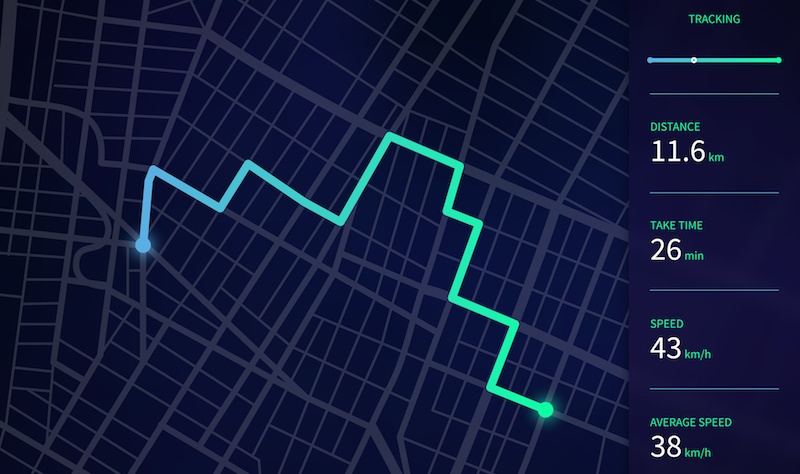 Map data is an essential tool and critical budget line item for GIS departments. Determining the right amount of money to set aside requires consideration and periodic review of several key licensing and internal costs.
Map data is an essential tool and critical budget line item for GIS departments. Determining the right amount of money to set aside requires consideration and periodic review of several key licensing and internal costs.
Licensing Costs
Expenses related to licensing map data revolve around how you intend to use the data — fleet management, geocoding, route optimization, etc., — but usage isn’t the only consideration that will impact cost:
- Geography: The complexity and population density of your targeted geography influences cost. For example, Los Angeles County, California, is the largest county in California with about 11 million people and 4,751 square miles. Compare that to California’s smallest county — Alpine County — at about 1,200 people and 743 square miles, and the disparity in the amount and detail of map data required related to these geographies is readily apparent.
- Updates: The more map data is updated, the more it will cost. To budget accordingly, you may need to work with your provider to clearly understand the frequency with which your map data needs to be updated — annually, semi-annually or quarterly — and the costs associated with each.
- Customization: If your provider is customizing data delivery to meet your needs, such as supplying certain file types or focusing on specific geographies, the cost of the license can be affected.
- Layers: The way in which you manipulate the map data will determine the number of layers required, and the number of layers required for your application will partially dictate map data cost. Layer usage boils down to map complexity. For instance, non-interactive reference maps require far fewer layers than maps used for geocoding, and those used for geocoding have fewer layers than maps used for routing.
Internal Costs
Along with licensing comes the ancillary internal costs of maintaining map data. As you set your budget, be sure to include money for:
- Storage: If you’re licensing map data, you’re also storing map data on-site. Review your data storage space. Is there enough allocated to meet current needs? What about the future? Is the amount and method of storage that you’re able to afford sufficient? Upgrading to a more dependable network that can store and support large data files often comes at a significant cost that not all budgets can absorb — can yours, if need be?
- Security: Like storage, security is a top priority and crucial component of map data budgets. This is especially true for municipalities in charge of their own Emergency Medical Services (EMS). What safeguards do you have in place to keep operating at full capacity without data interruption? How is the map data secured to prevent corruption and possible risk to your network? If the measures you have in place are obsolete or insufficient, you’ll want to earmark some budget dollars for improvements.
- Routine maintenance: A potentially sizable yet sometimes overlooked expense related to map data is updates. Having a dedicated person on-staff to handle updates isn’t a luxury for many municipalities and organizations, so working with a trusted provider like ADCi — that assumes responsibility for keeping all map data up-to-date — needs to be factored into the budget.
Being aware of the factors that influence the cost and care of map data can help you avoid unpleasant surprises when it comes to your budget. Stay on top of what you need to know by subscribing to the ADCi Blog — info and advice from the premier provider of accurate, reliable and customized map data and services. Click the button below to sign up now!
Subscribe to ADCi's Blog
Related Posts

The Benefits and Uses of Intelligent Direct Carrier Routes

How Do You Know You’re Using Accurate Map Data?

